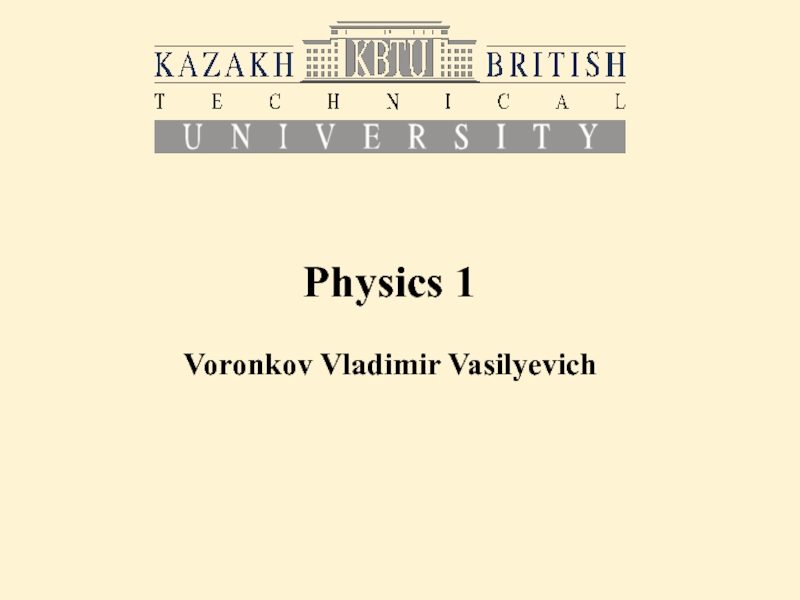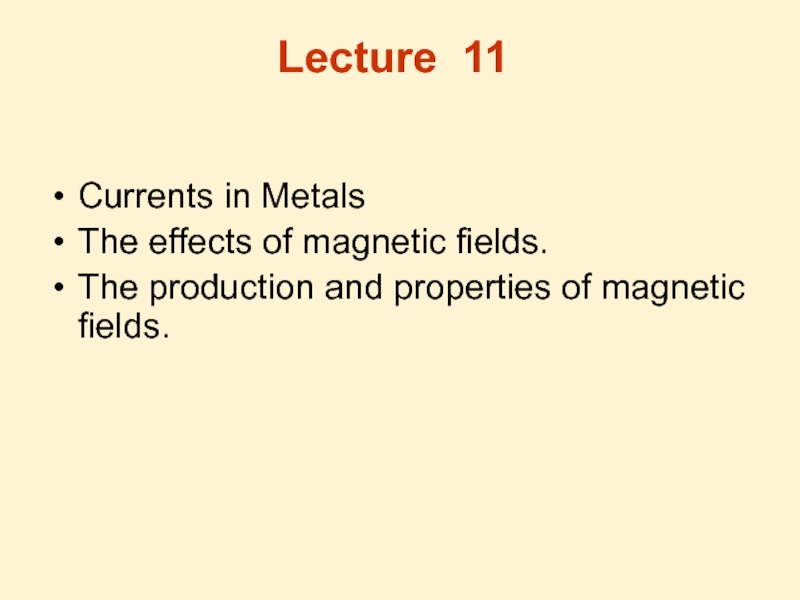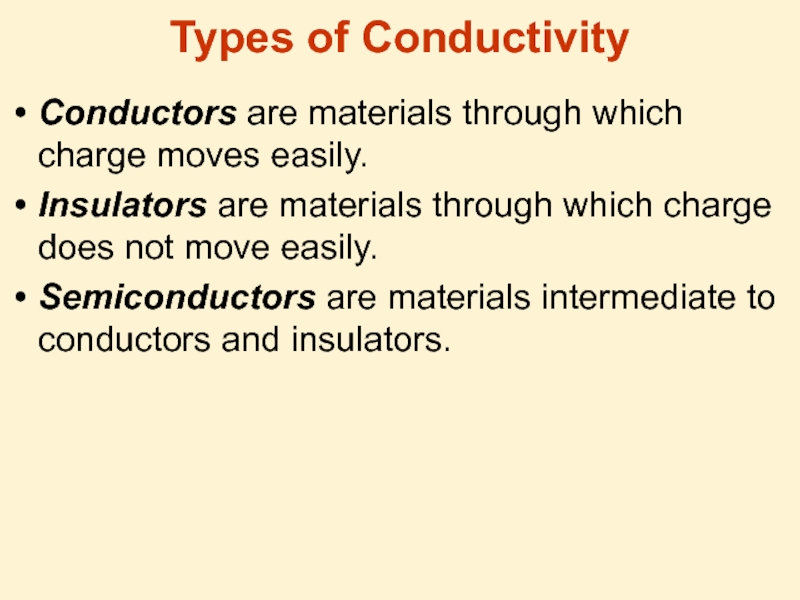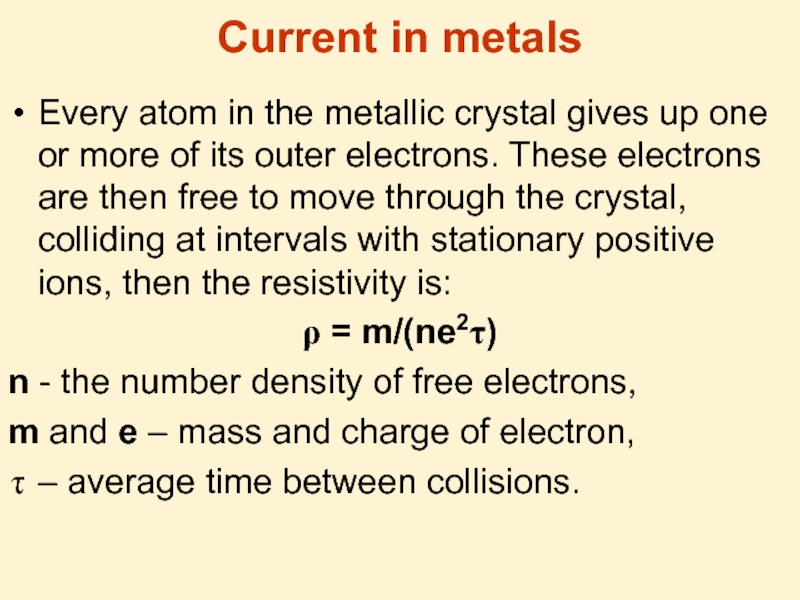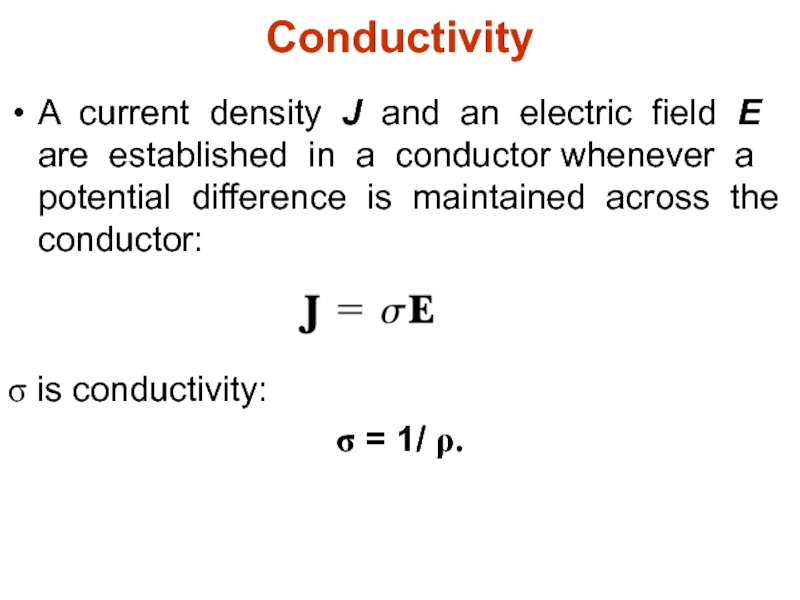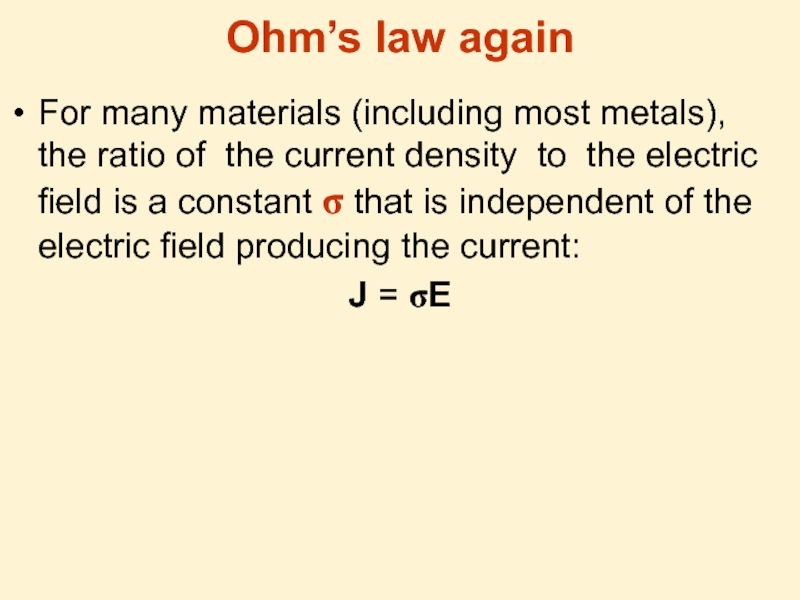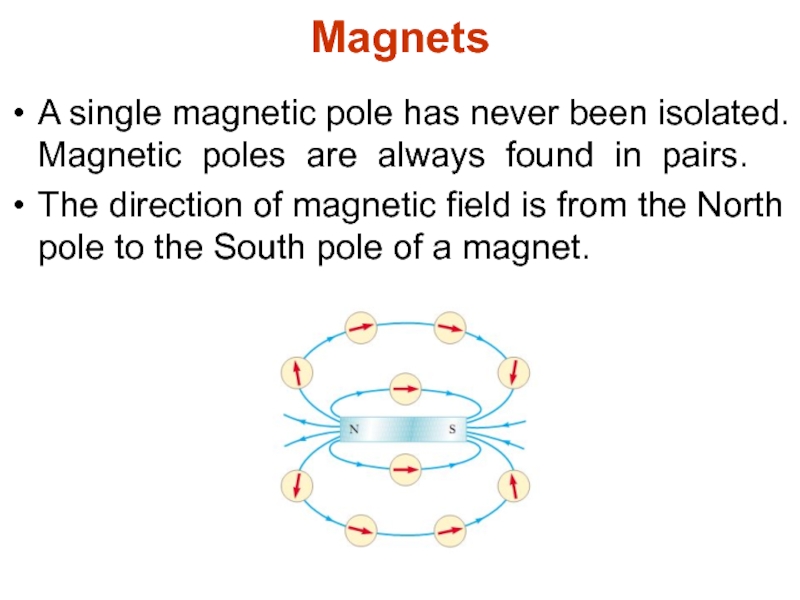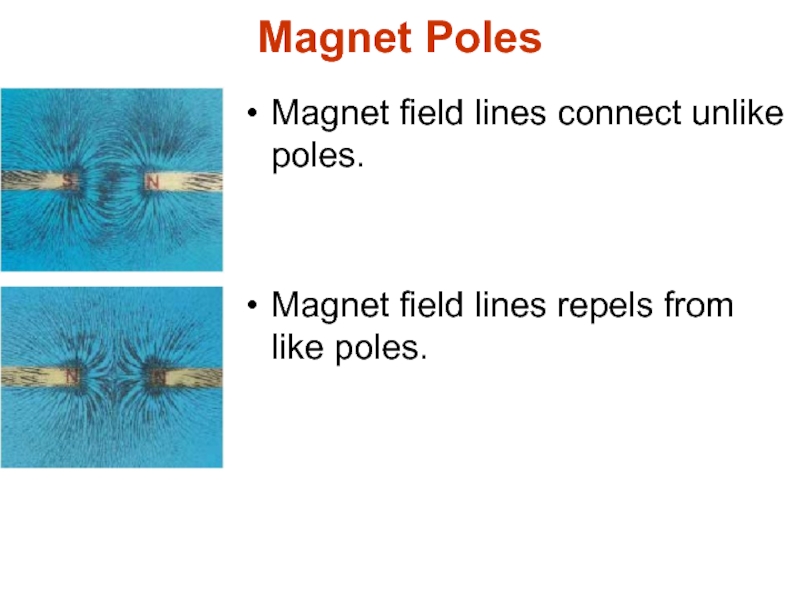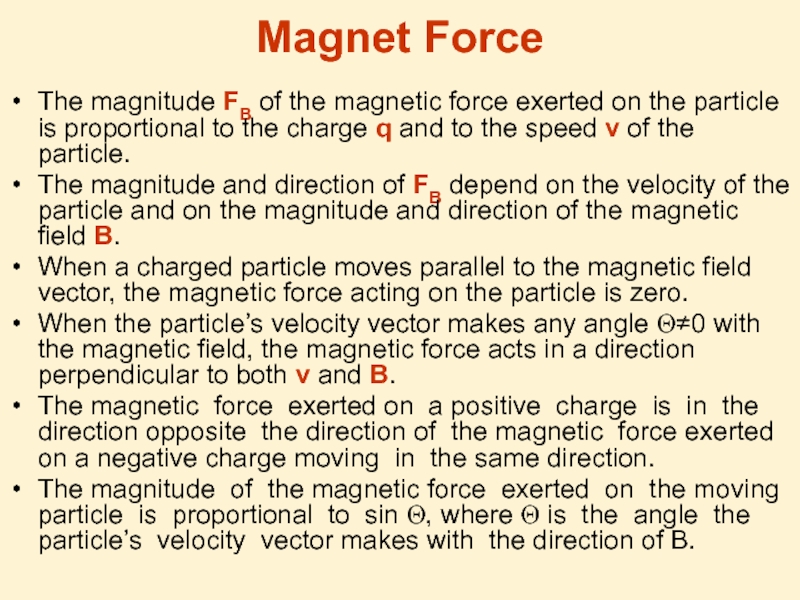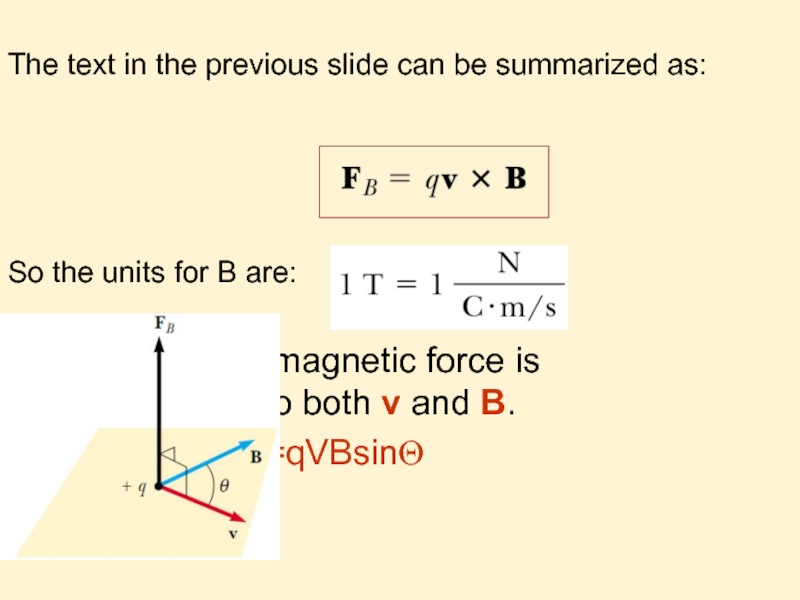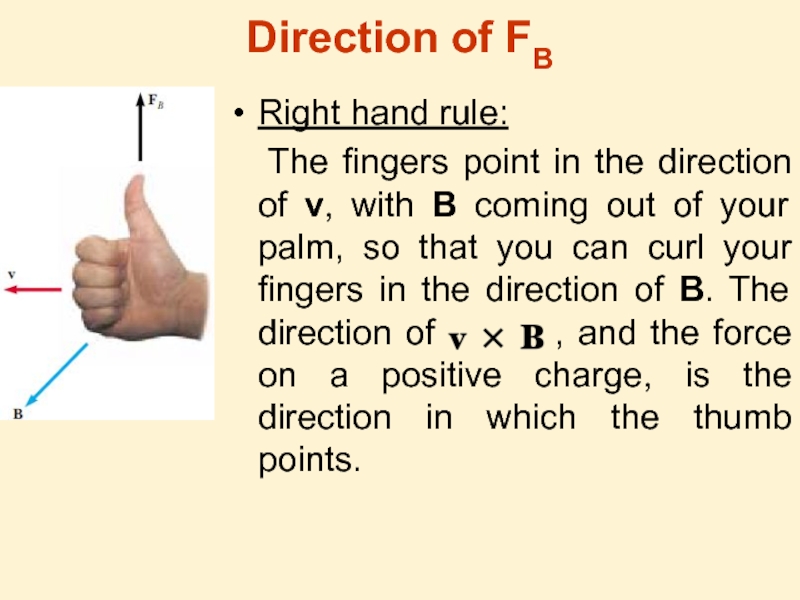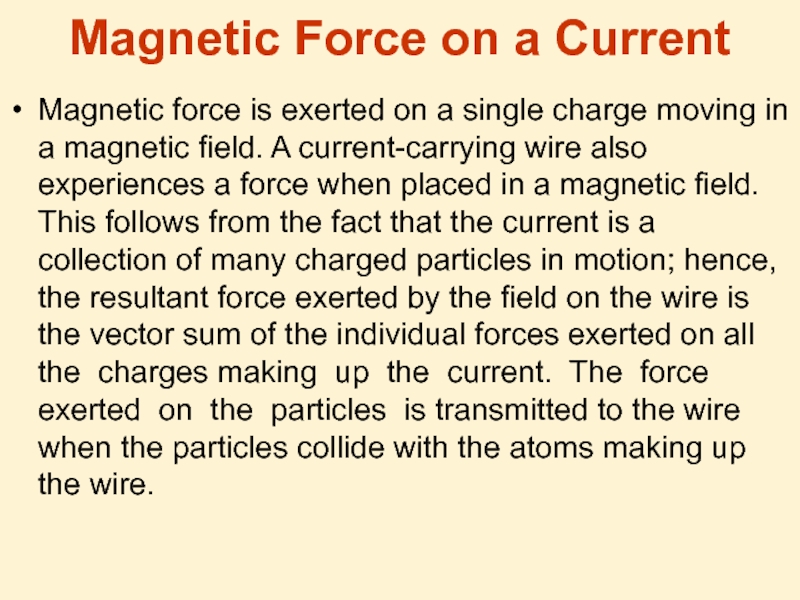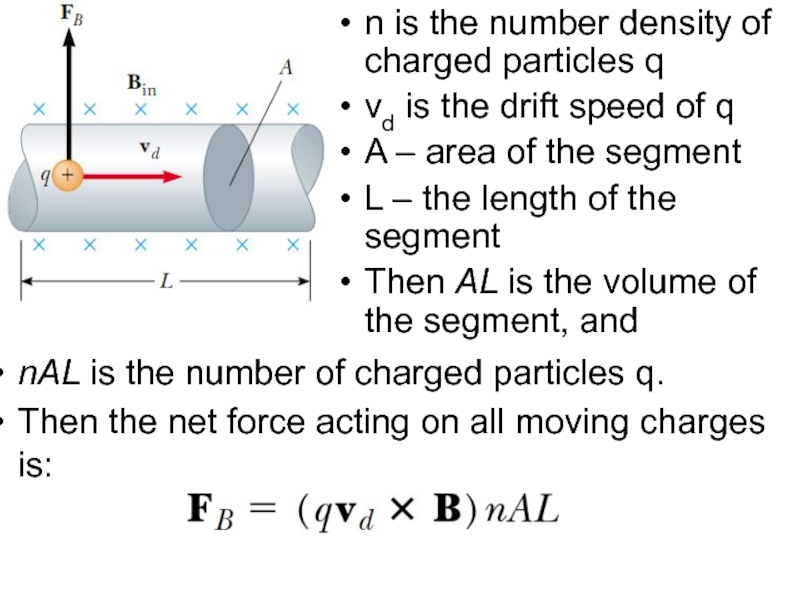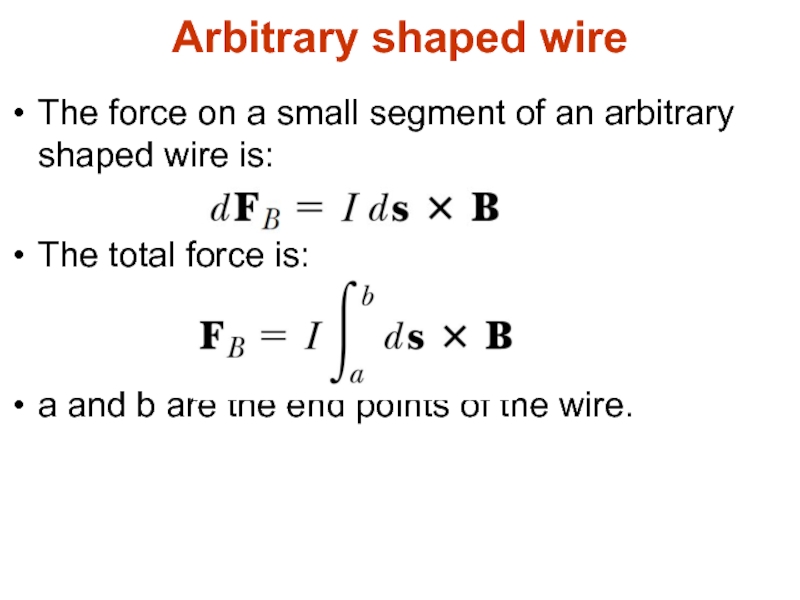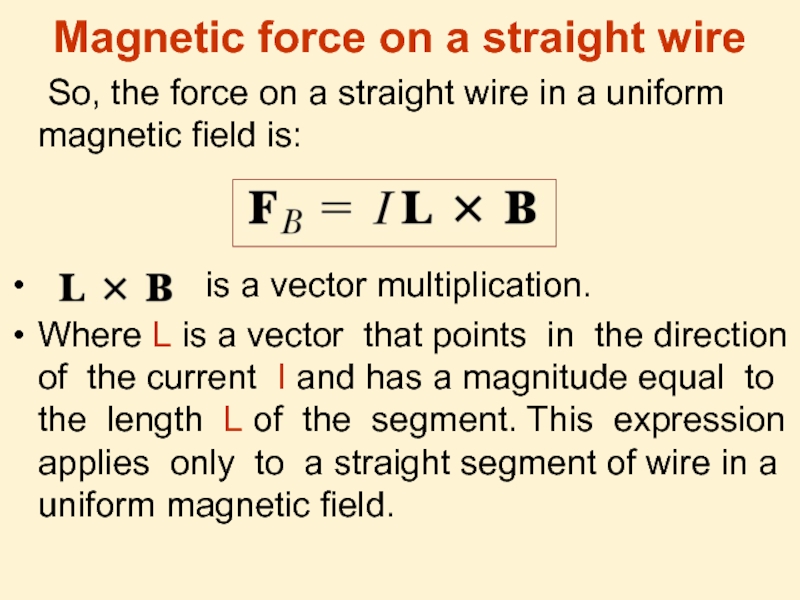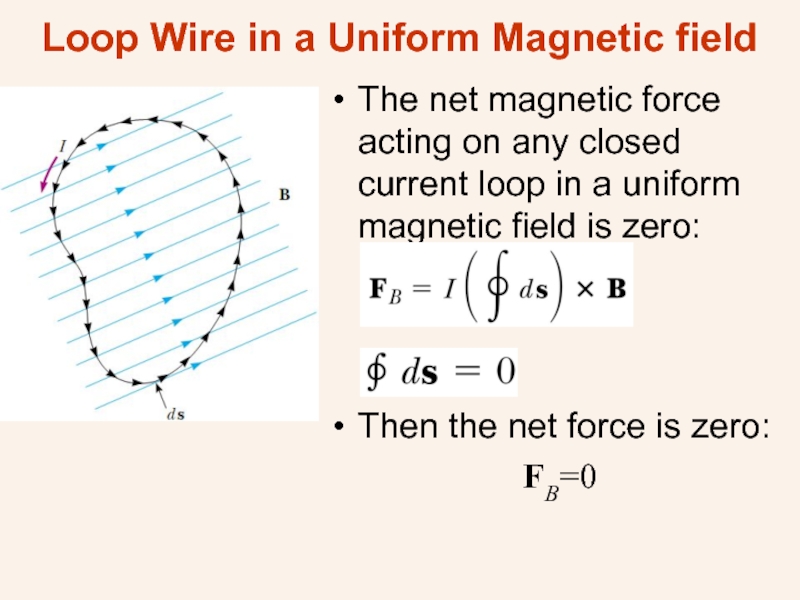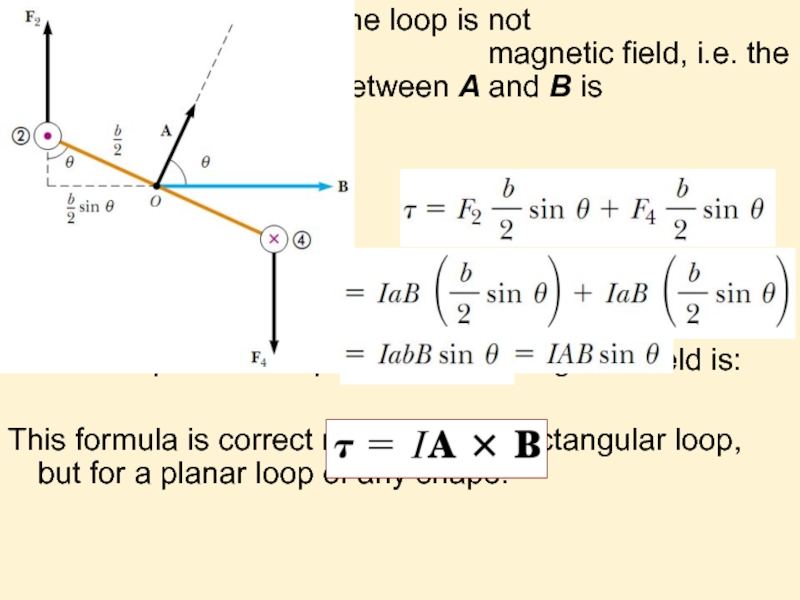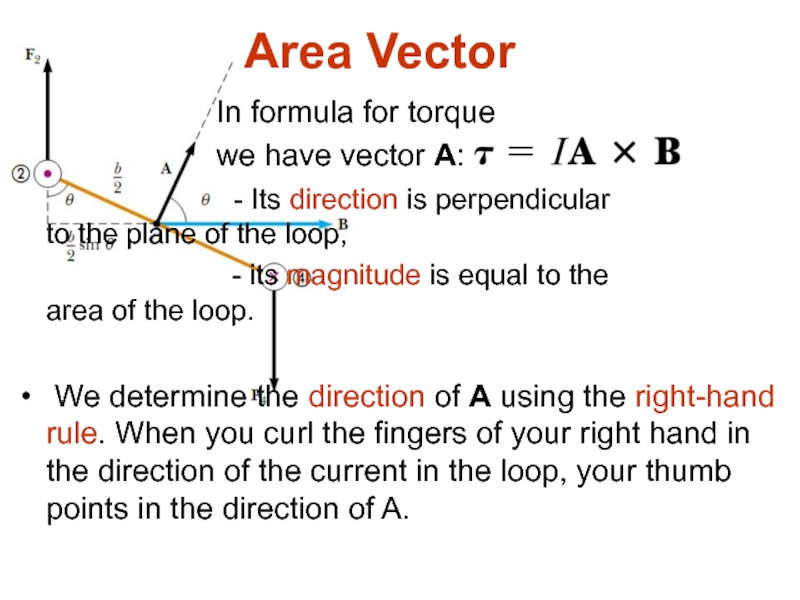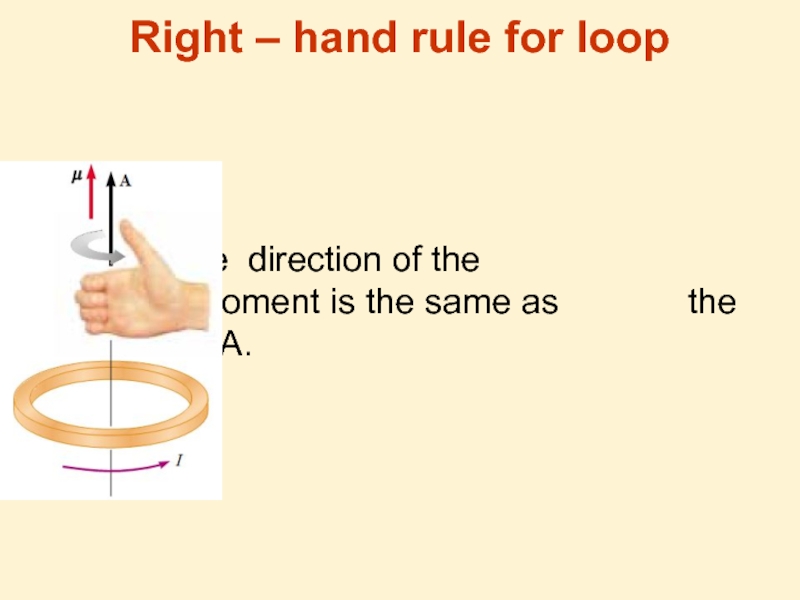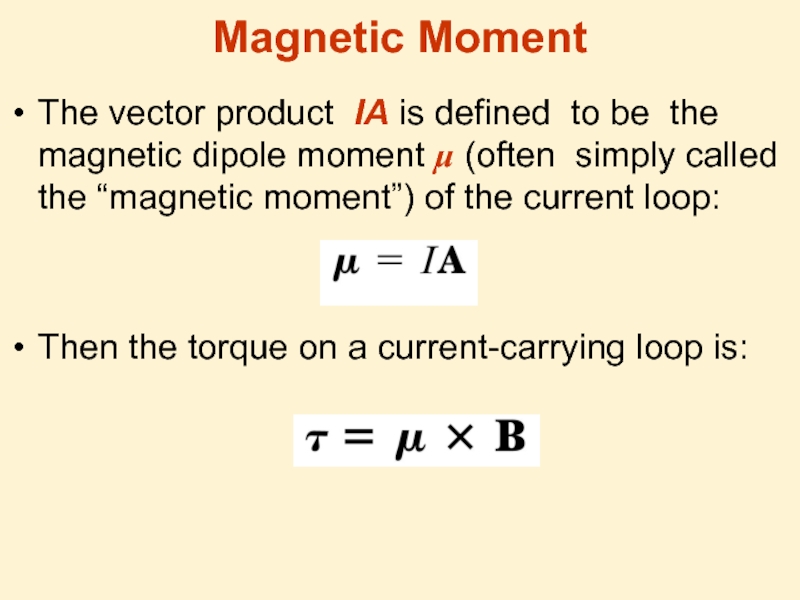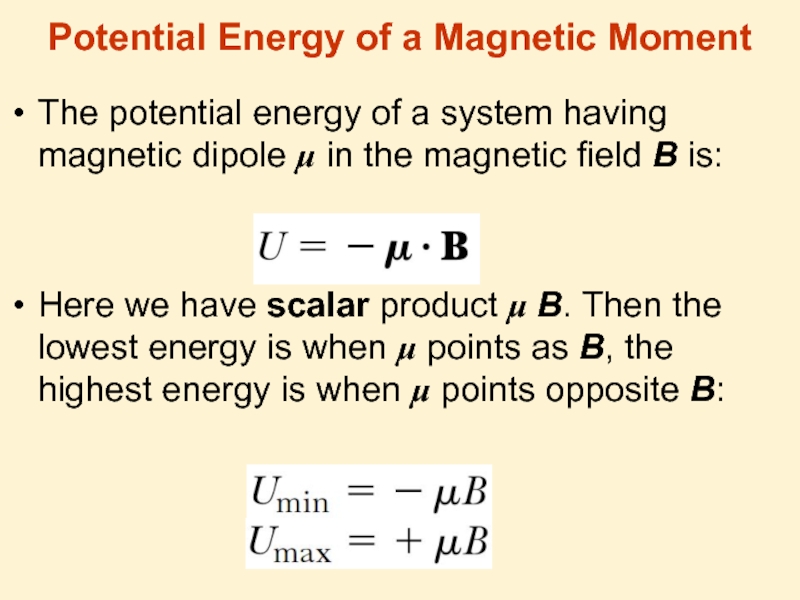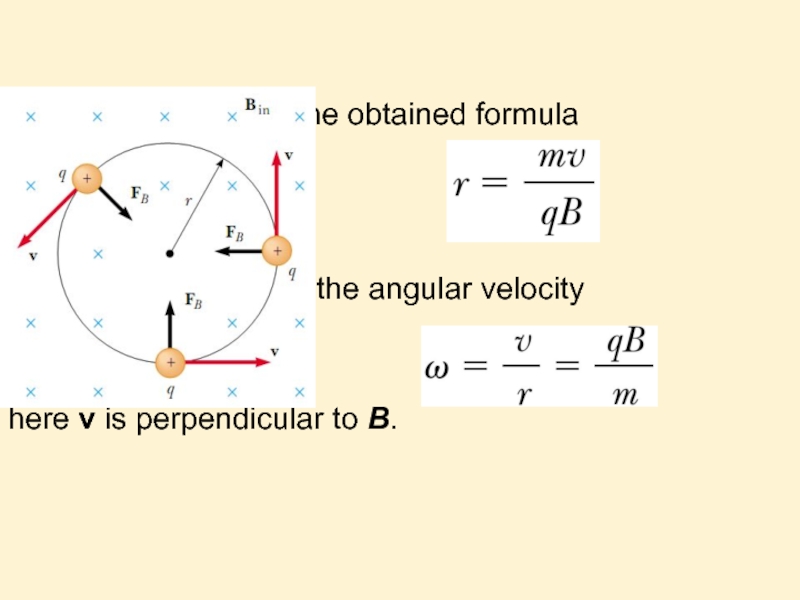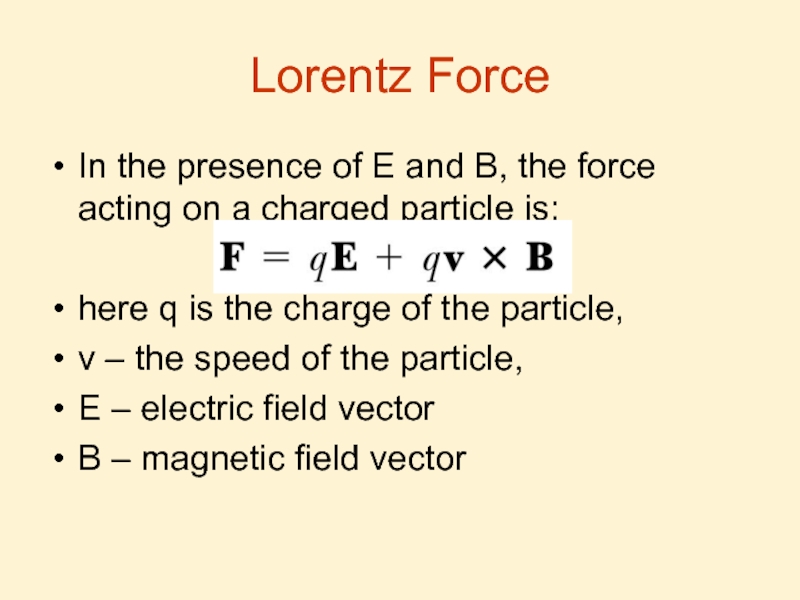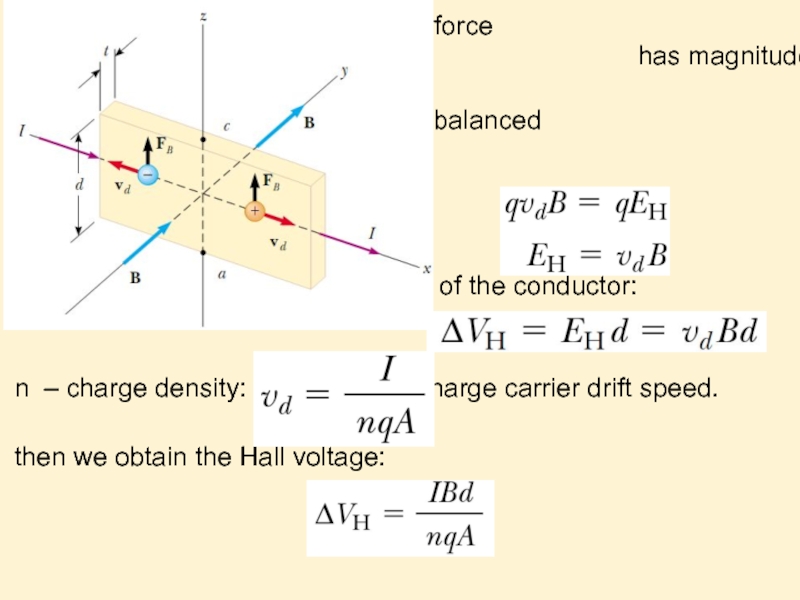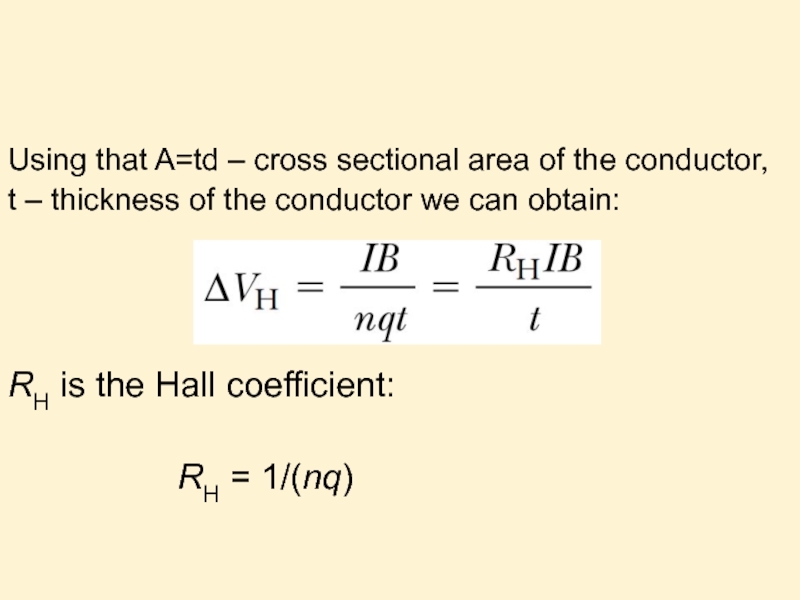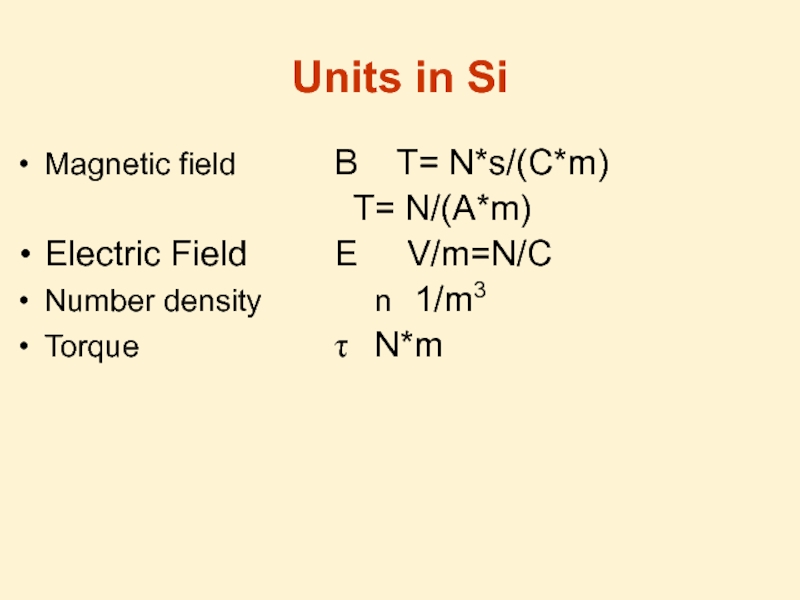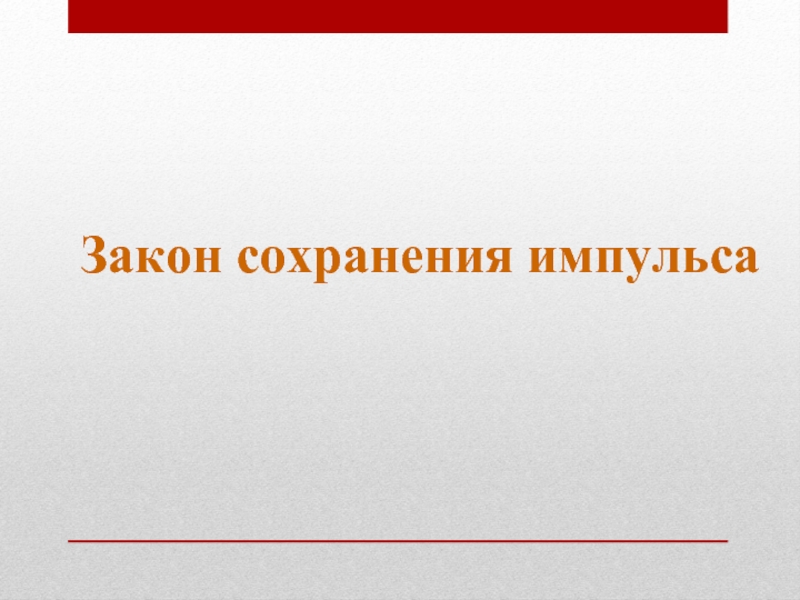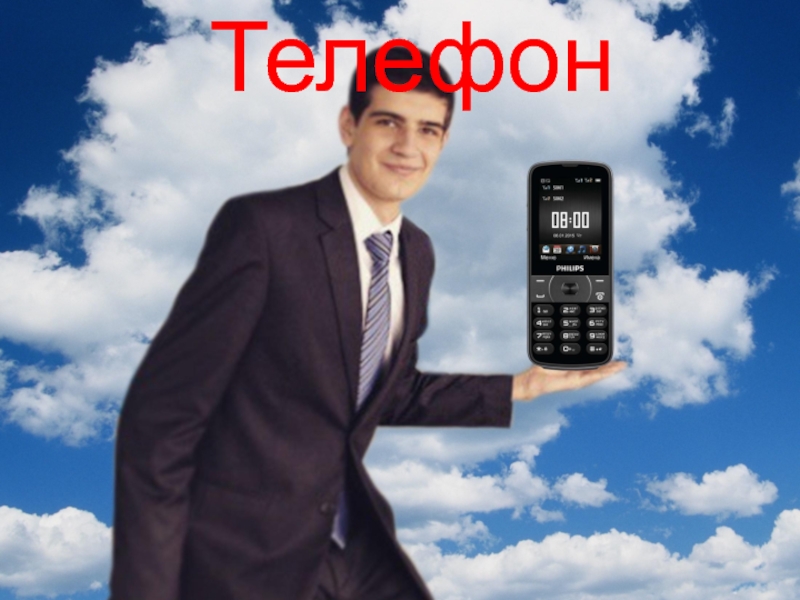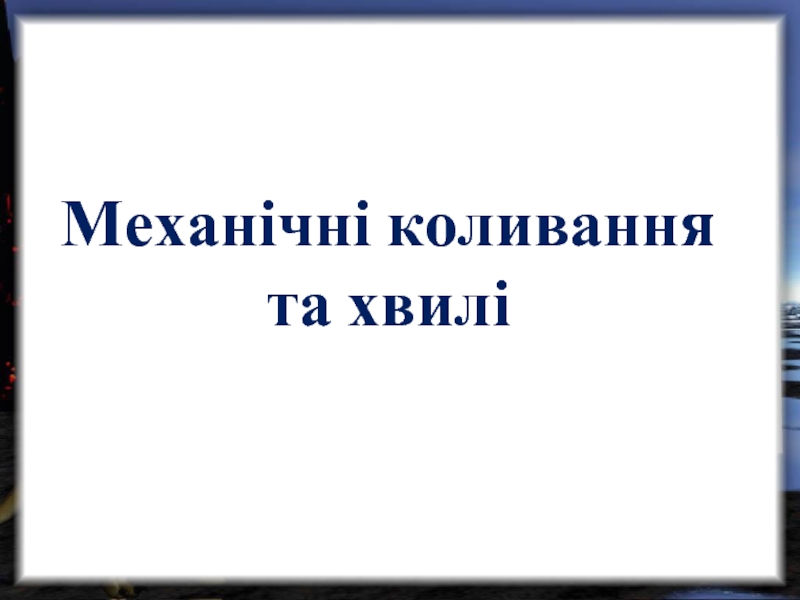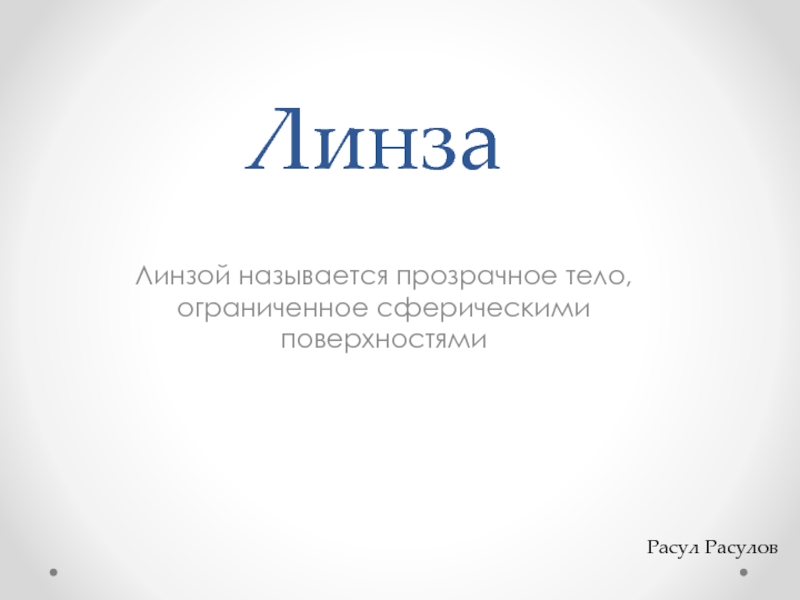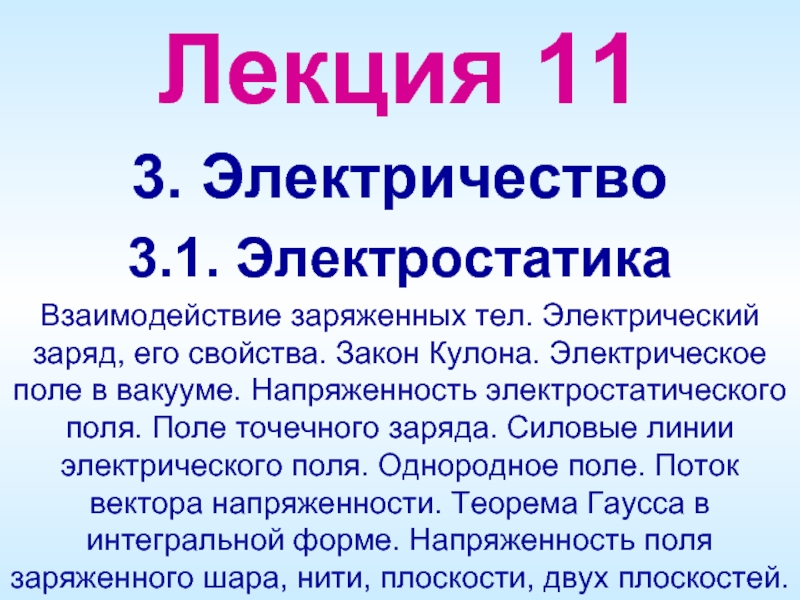- Главная
- Разное
- Дизайн
- Бизнес и предпринимательство
- Аналитика
- Образование
- Развлечения
- Красота и здоровье
- Финансы
- Государство
- Путешествия
- Спорт
- Недвижимость
- Армия
- Графика
- Культурология
- Еда и кулинария
- Лингвистика
- Английский язык
- Астрономия
- Алгебра
- Биология
- География
- Детские презентации
- Информатика
- История
- Литература
- Маркетинг
- Математика
- Медицина
- Менеджмент
- Музыка
- МХК
- Немецкий язык
- ОБЖ
- Обществознание
- Окружающий мир
- Педагогика
- Русский язык
- Технология
- Физика
- Философия
- Химия
- Шаблоны, картинки для презентаций
- Экология
- Экономика
- Юриспруденция
Currents in мetals презентация
Содержание
- 1. Currents in мetals
- 2. Lecture 11 Currents in Metals The effects
- 3. Types of Conductivity Conductors are materials through
- 4. Drift speed of electrons
- 5. So when we consider electric current as
- 6. Current in metals Every atom in the
- 7. Resistivity A conductor with current: Current
- 8. Conductivity A current density J and an
- 9. Ohm’s law again For many materials (including
- 10. Magnets A single magnetic pole has never
- 11. Magnet Poles Magnet field lines connect unlike
- 12. Magnet Force The magnitude FB of the
- 13. The text in the previous slide
- 14. Direction of FB Right hand rule: The
- 15. Magnetic field direction Magnetic field lines coming
- 16. Magnetic Force on a Current Magnetic force
- 17. n is the number density of charged
- 18. Arbitrary shaped wire The force on a
- 19. as B is uniform:
- 20. So, the force on a straight wire
- 21. Loop Wire in a Uniform Magnetic field
- 22. Current Loop Torque in a Uniform Magnetic
- 23. When the magnetic field is parallel to
- 24. When the loop is not parallel to
- 25. In formula for torque we
- 26. Right – hand rule for loop The direction
- 27. Magnetic Moment The vector product IA is
- 28. Potential Energy of a Magnetic Moment The
- 29. Motion of a Charged Particle in a
- 30. Using the obtained formula
- 31. Lorentz Force In the presence of E
- 32. The Hall Effect When a current-carrying conductor
- 33. the magnetic force
- 34. Using that A=td – cross sectional area
- 35. When the charge carriers in a Hall-effect
- 36. Units in Si Magnetic field B T=
Слайд 2Lecture 11
Currents in Metals
The effects of magnetic fields.
The production and
Слайд 3Types of Conductivity
Conductors are materials through which charge moves easily.
Insulators
Semiconductors are materials intermediate to conductors and insulators.
Слайд 4Drift speed of electrons
There is a zigzag motion of an electron
Слайд 5So when we consider electric current as a flow of electrons:
in
Слайд 6Current in metals
Every atom in the metallic crystal gives up one
ρ = m/(ne2τ)
n - the number density of free electrons,
m and e – mass and charge of electron,
– average time between collisions.
Слайд 7Resistivity
A conductor with current:
Current density:
I – electric current
A – the cross-sectional
vd – drift speed
E = ρJ
ρ - resistivity
Слайд 8Conductivity
A current density J and an electric field E are established
σ is conductivity:
σ = 1/ ρ.
Слайд 9Ohm’s law again
For many materials (including most metals), the ratio of
J = σE
Слайд 10Magnets
A single magnetic pole has never been isolated. Magnetic poles are
The direction of magnetic field is from the North pole to the South pole of a magnet.
Слайд 11Magnet Poles
Magnet field lines connect unlike poles.
Magnet field lines repels from
Слайд 12Magnet Force
The magnitude FB of the magnetic force exerted on the
The magnitude and direction of FB depend on the velocity of the particle and on the magnitude and direction of the magnetic field B.
When a charged particle moves parallel to the magnetic field vector, the magnetic force acting on the particle is zero.
When the particle’s velocity vector makes any angle Θ≠0 with the magnetic field, the magnetic force acts in a direction perpendicular to both v and B.
The magnetic force exerted on a positive charge is in the direction opposite the direction of the magnetic force exerted on a negative charge moving in the same direction.
The magnitude of the magnetic force exerted on the moving particle is proportional to sin Θ, where Θ is the angle the particle’s velocity vector makes with the direction of B.
Слайд 13
The text in the previous slide can be summarized as:
So the
The magnetic force is perpendicular to both v and B.
FB=qVBsinΘ
Слайд 14Direction of FB
Right hand rule:
The fingers point in the direction of
Слайд 15Magnetic field direction
Magnetic field lines coming out of the paper are
Magnetic field lines going into the paper are indicated by crosses, representing the feathers of arrows going inward.
Слайд 16Magnetic Force on a Current
Magnetic force is exerted on a single
Слайд 17n is the number density of charged particles q
vd is the
A – area of the segment
L – the length of the segment
Then AL is the volume of the segment, and
nAL is the number of charged particles q.
Then the net force acting on all moving charges is:
Слайд 18Arbitrary shaped wire
The force on a small segment of an arbitrary
The total force is:
a and b are the end points of the wire.
Слайд 19 as B is uniform:
The magnetic force on a curved current-carrying wire
Curved Wire in a Uniform Magnetic field
Слайд 20 So, the force on a straight wire in a uniform magnetic
is a vector multiplication.
Where L is a vector that points in the direction of the current I and has a magnitude equal to the length L of the segment. This expression applies only to a straight segment of wire in a uniform magnetic field.
Magnetic force on a straight wire
Слайд 21Loop Wire in a Uniform Magnetic field
The net magnetic force acting
Then the net force is zero:
FB=0
Слайд 22Current Loop Torque in a Uniform Magnetic Field
- Overhead view of
Sides 1 and 3 are parallel to magnetic field, so only sides 2 and for experiences magnetic forces.
- Magnet forces, acting on sides 2 and 4 create a torque on the loop.
Слайд 23 When the magnetic field is parallel to the plane of the
ab is the area of the loop A:
Слайд 24 When the loop is not parallel to the magnetic field, i.e.
So the torque on a loop in a uniform magnetic field is:
This formula is correct not only for a rectangular loop, but for a planar loop of any shape.
Слайд 25 In formula for torque
we have vector A:
-
- its magnitude is equal to the area of the loop.
We determine the direction of A using the right-hand rule. When you curl the fingers of your right hand in the direction of the current in the loop, your thumb points in the direction of A.
Area Vector
Слайд 26Right – hand rule for loop
The direction of the magnetic moment is
Слайд 27Magnetic Moment
The vector product IA is defined to be the magnetic
Then the torque on a current-carrying loop is:
Слайд 28Potential Energy of a Magnetic Moment
The potential energy of a system
Here we have scalar product μ B. Then the lowest energy is when μ points as B, the highest energy is when μ points opposite B:
Слайд 29Motion of a Charged Particle in a Uniform Magnetic Field
When the
Слайд 31Lorentz Force
In the presence of E and B, the force acting
here q is the charge of the particle,
v – the speed of the particle,
E – electric field vector
B – magnetic field vector
Слайд 32The Hall Effect
When a current-carrying conductor is placed in a magnetic
Слайд 33 the magnetic force
this force is balanced by the electric force qEH:
d is the width of the conductor:
n – charge density: .vd - charge carrier drift speed.
then we obtain the Hall voltage:
Слайд 34Using that A=td – cross sectional area of the conductor,
t –
RH is the Hall coefficient:
RH = 1/(nq)
Слайд 35 When the charge carriers in a Hall-effect apparatus are negative, the
When the charge carriers are positive, the upper edge becomes positively charged, and c is at a higher potential than a.
Слайд 36Units in Si
Magnetic field B T= N*s/(C*m)
T= N/(A*m)
Electric
Number density n 1/m3
Torque τ N*m
